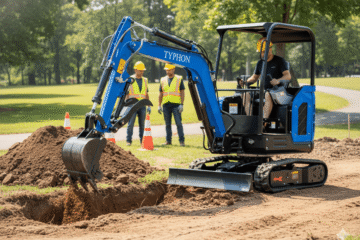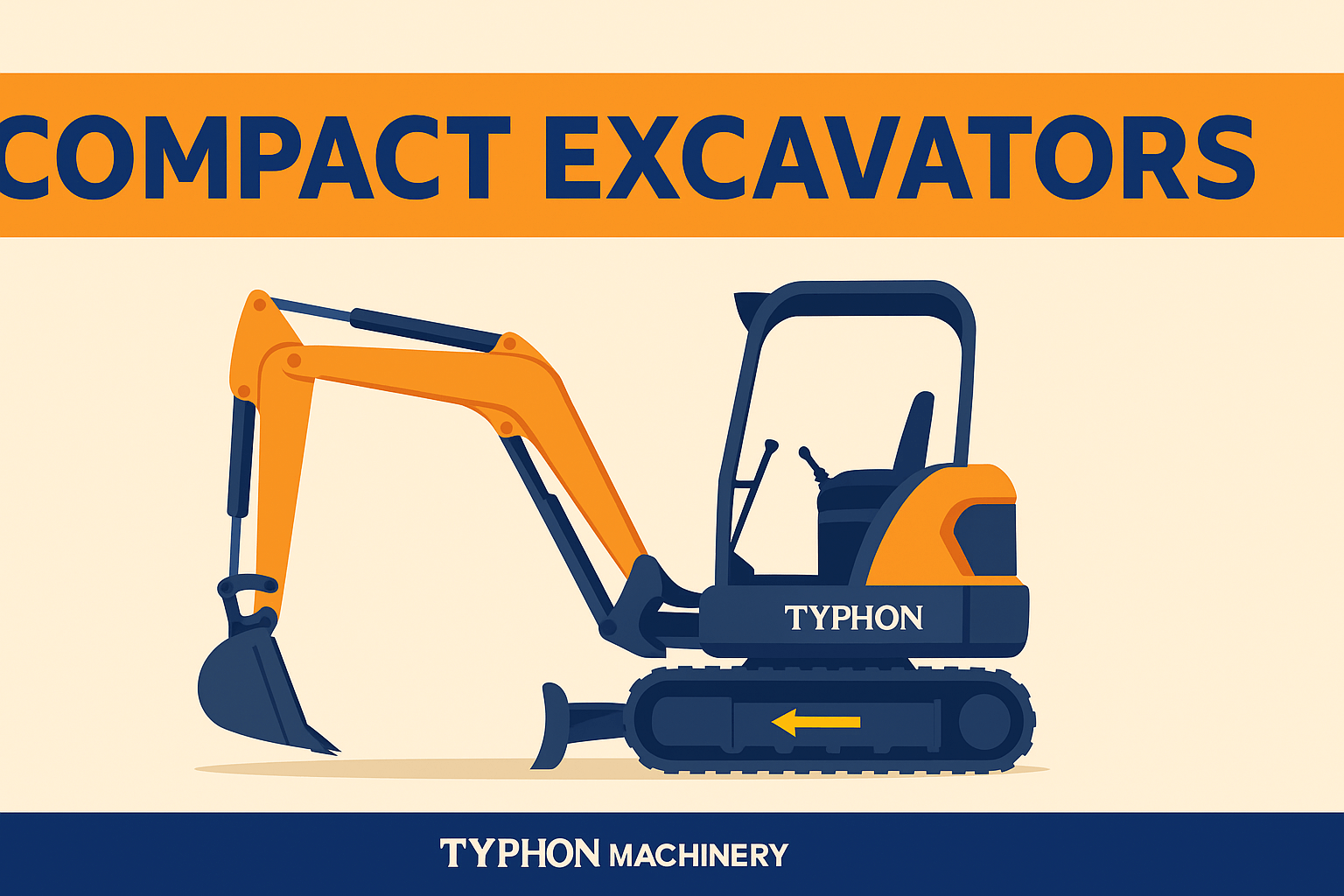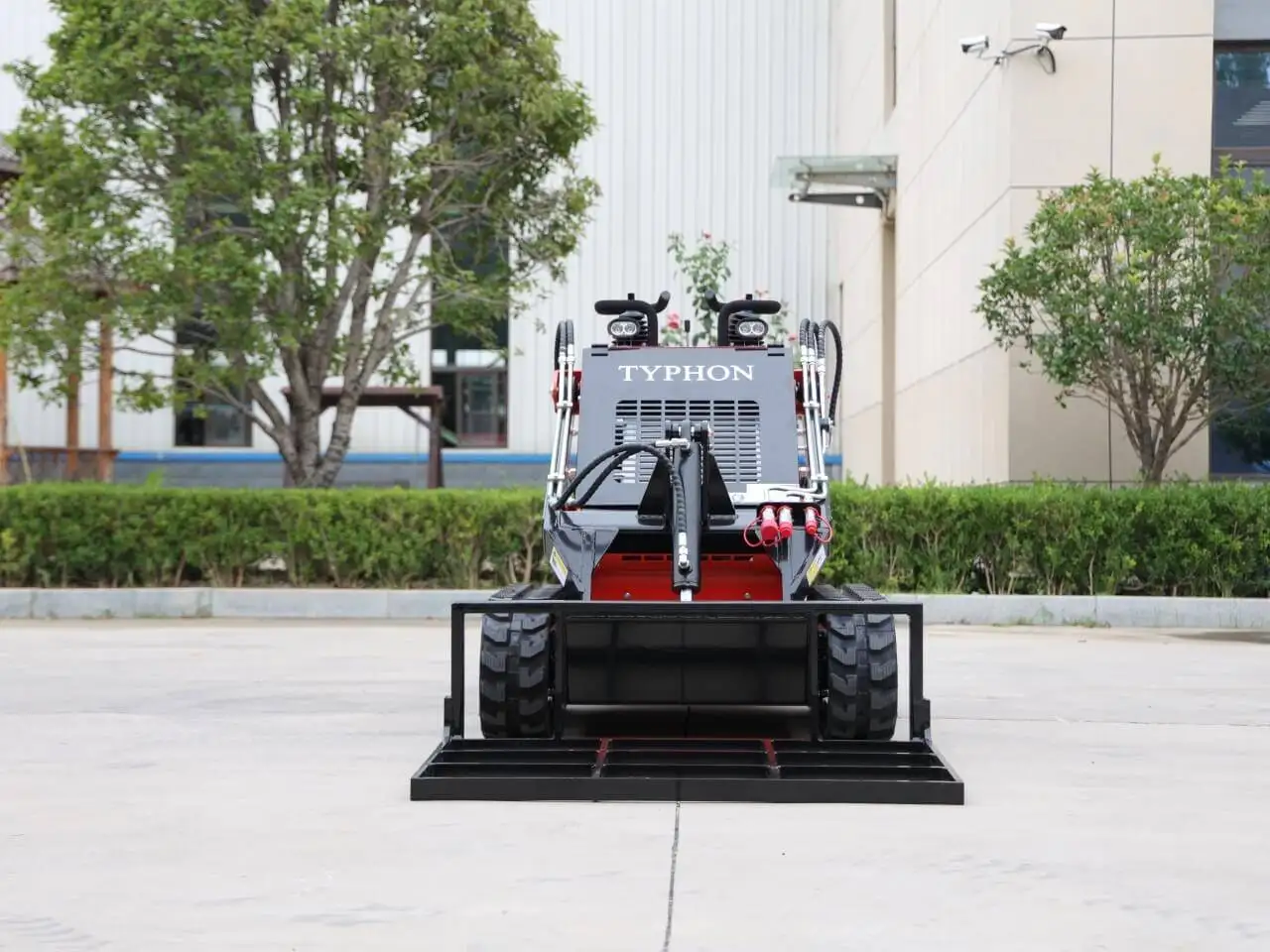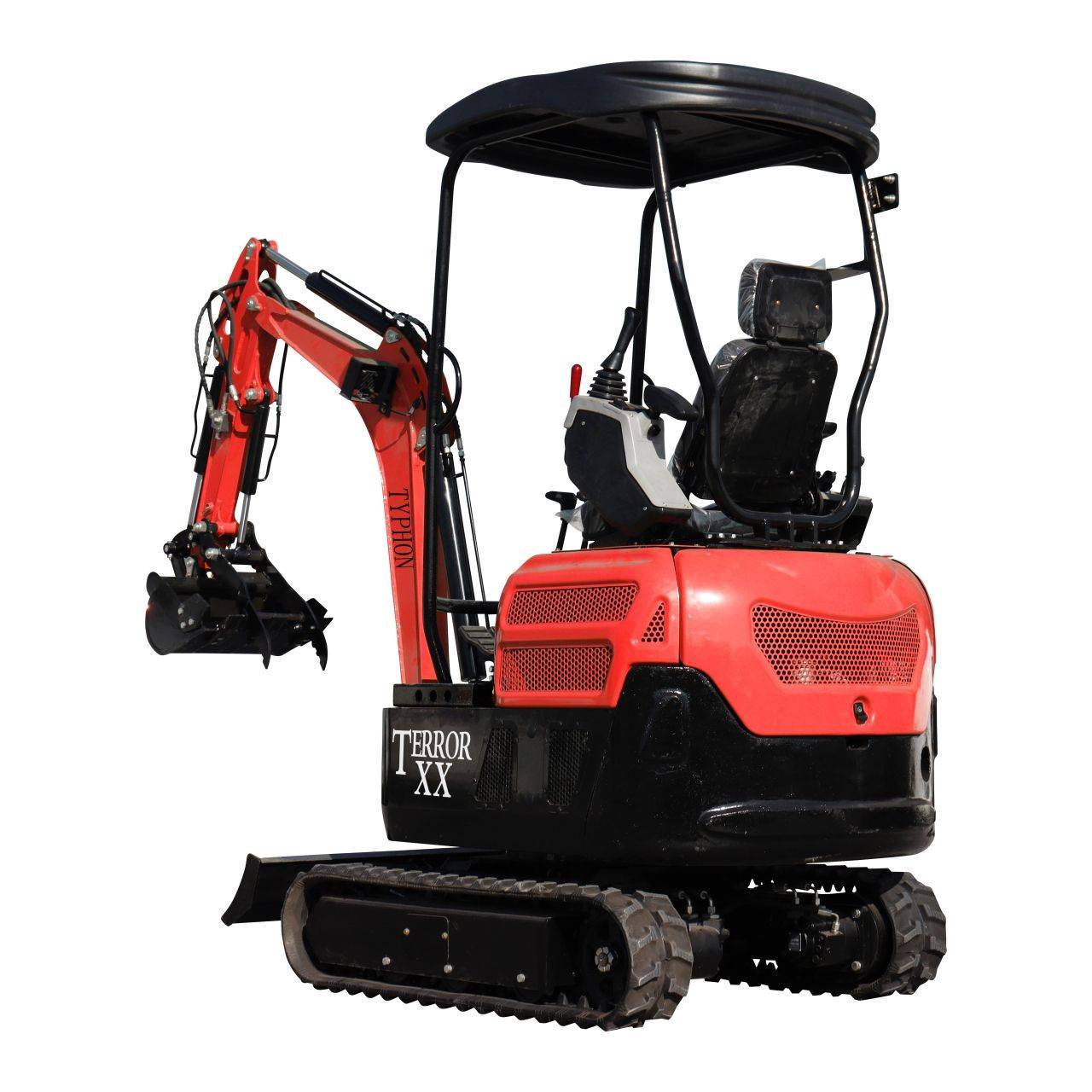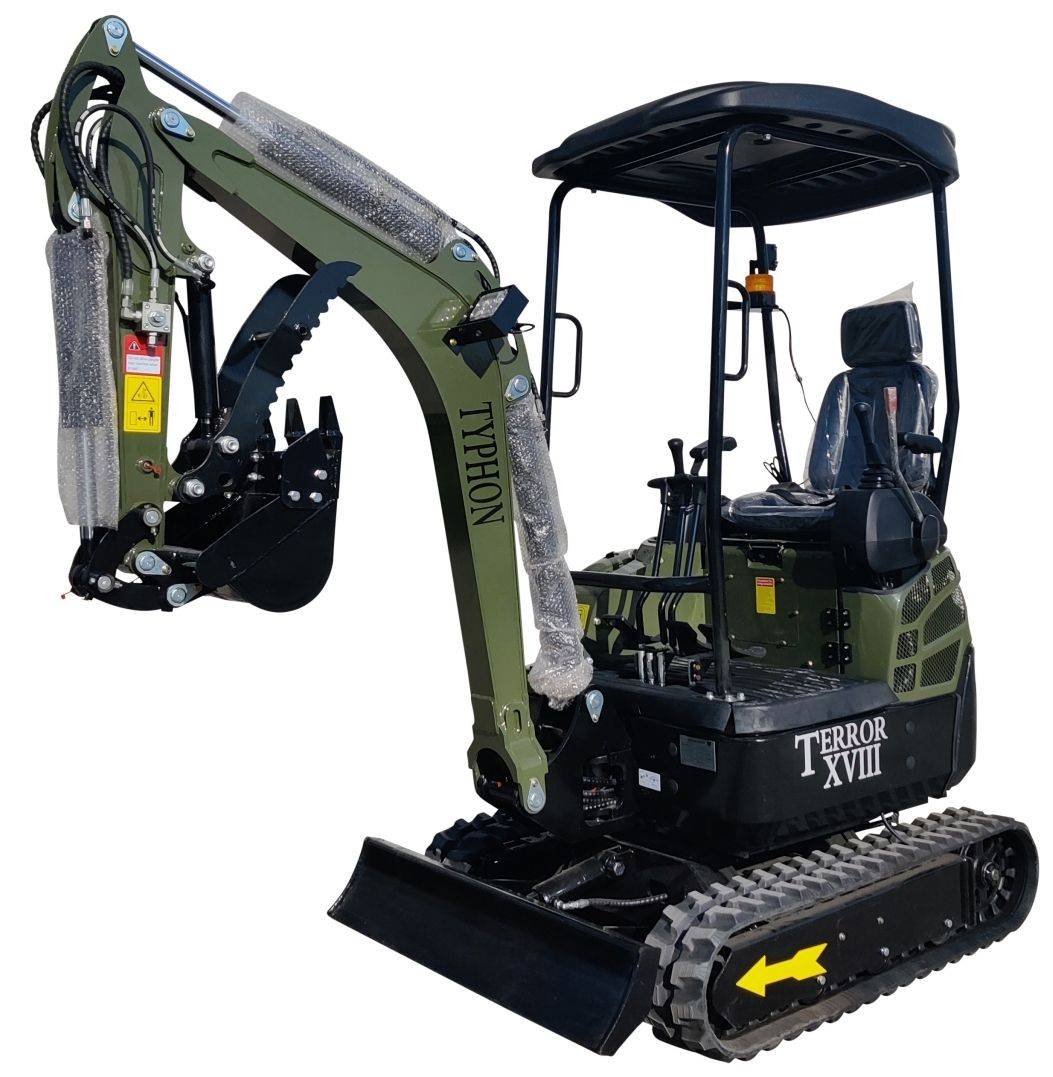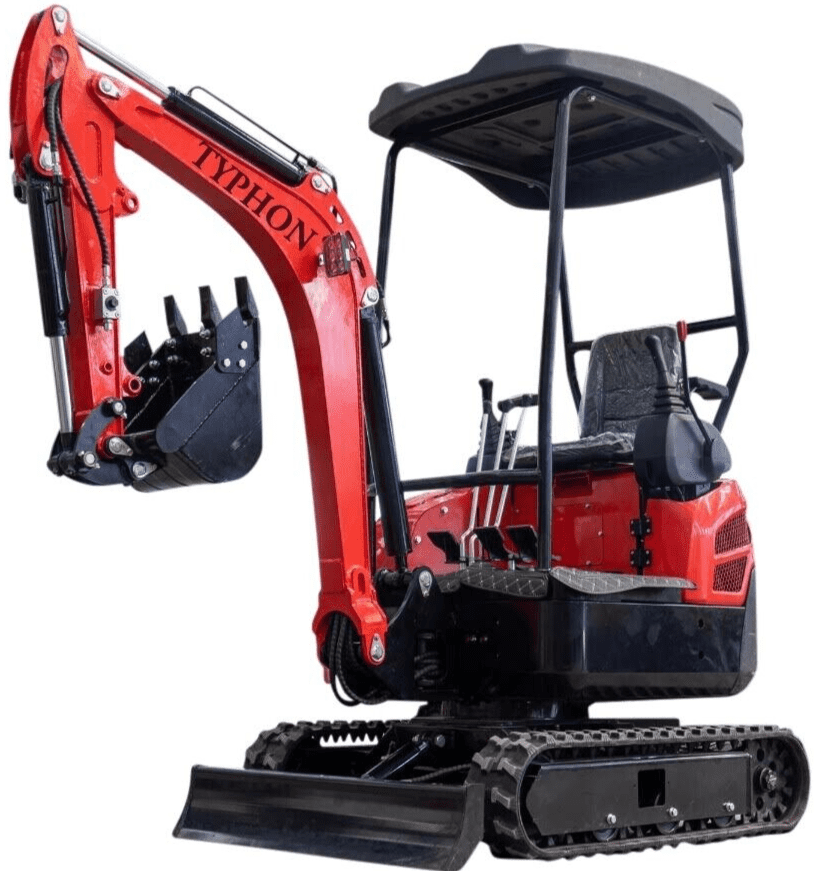
Skid Steer Maintenance: Tips for Longevity and Performance
Skid steers are versatile machines used in various industries, from construction to landscaping and Skid Steer Maintenance is always important. They are known for their compact size and ability to maneuver in tight spaces. However, skid steers also require regular maintenance to ensure they operate efficiently and last a long time. In this blog post, we will discuss essential skid steer maintenance tips to keep your skid steer in optimal condition.
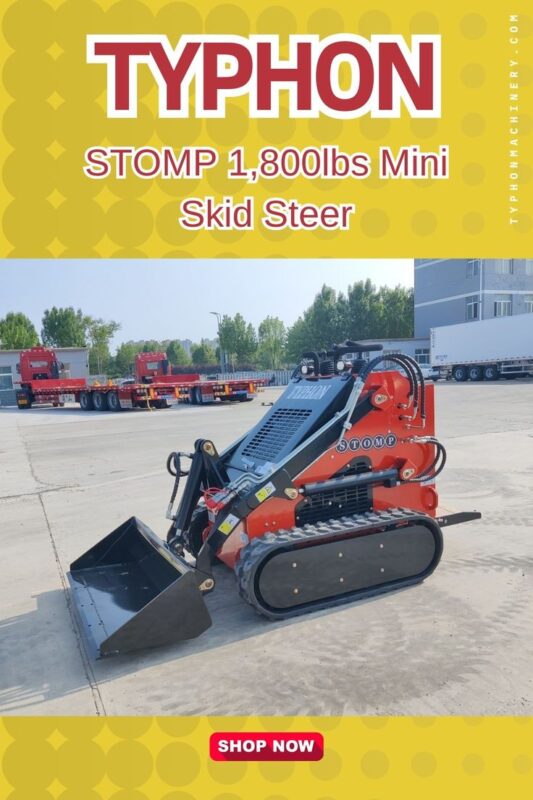
Importance of Skid Steer Maintenance
Regular maintenance is crucial for several reasons:
- Longevity: Proper care can extend the life of your skid steer, saving you money on repairs and replacements.
- Performance: Well-maintained machines operate more efficiently, improving productivity on the job site.
- Safety: Regular inspections help identify potential issues before they become serious problems, ensuring the safety of operators and those around them.
Best Practices for Skid Steer Maintenance
Fluids
Fluids are the lifeblood of your skid steer. Regularly checking and maintaining fluid levels is essential for the machine’s performance and longevity. However, here are the key fluids to monitor:
- Check the engine oil level daily. Clean oil is vital for the engine’s health, so change it according to the manufacturer’s recommendations.
- Hydraulic fluid powers the lift arms and attachments. You must ensure the hydraulic fluid is at the correct level, and also check for leaks in hoses and connections.
- The coolant helps keep the engine from overheating. Regularly inspect the coolant level and top it off as needed.
- Additionally, you should keep the fuel tank filled to avoid running out of fuel during operation. Always use the correct type of fuel as specified by the manufacturer.
Tires
Tires are one of the most critical components of a skid steer, as they endure a lot of wear and tear. Inspect the tire pressure before each use. Both over-inflated and under-inflated tires can affect handling and performance.
Additionally, regularly check the tires for signs of damage, such as cuts, cracks, or uneven wear. You should also address any issues promptly to prevent further damage.
Cleanliness
Keeping your skid steer clean is essential for its performance and longevity. A clean machine is easier to inspect and maintain.
After each use, take the time to clean the skid steer. Also, remove dirt, mud, and debris from the exterior and undercarriage. Consequently, it prevents buildup that can lead to rust and other issues.
Lubrication
Lubrication is a vital part of skid steer maintenance. Proper lubrication reduces friction, prevents wear, and keeps the machine running smoothly. Identify all grease points on your skid steer, including the lifting arms, pivot pins, and cylinders.
Use a multi-purpose grease and apply it regularly, especially after heavy use.
Tips to Consider for Skid Steer Maintenance
Follow the Manufacturer’s Guidelines
Always refer to the skid steer’s manual for specific maintenance recommendations. Each model may have unique requirements. So, following these guidelines will help you keep your machine in top shape.
Keep a Maintenance Log
Maintain a log of all maintenance activities, including inspections, fluid changes, and repairs. This record can help you track the machine’s health and identify patterns that may indicate larger issues.
Store Properly
Store your skid steer in a clean, dry place when not in use. Protect it from the elements to prevent rust and damage.
Use Quality Parts and Fluids
Always use high-quality parts and fluids that meet the manufacturer’s specifications. This will certainly help you ensure optimal performance and longevity.
Final Thoughts
Overall, regular skid steer maintenance is key to ensuring the longevity and performance of your skid steer. You can keep your machine running smoothly and efficiently by focusing on factors listed above. You should also remember to follow the manufacturer’s guidelines for maintenance schedules and procedures.

